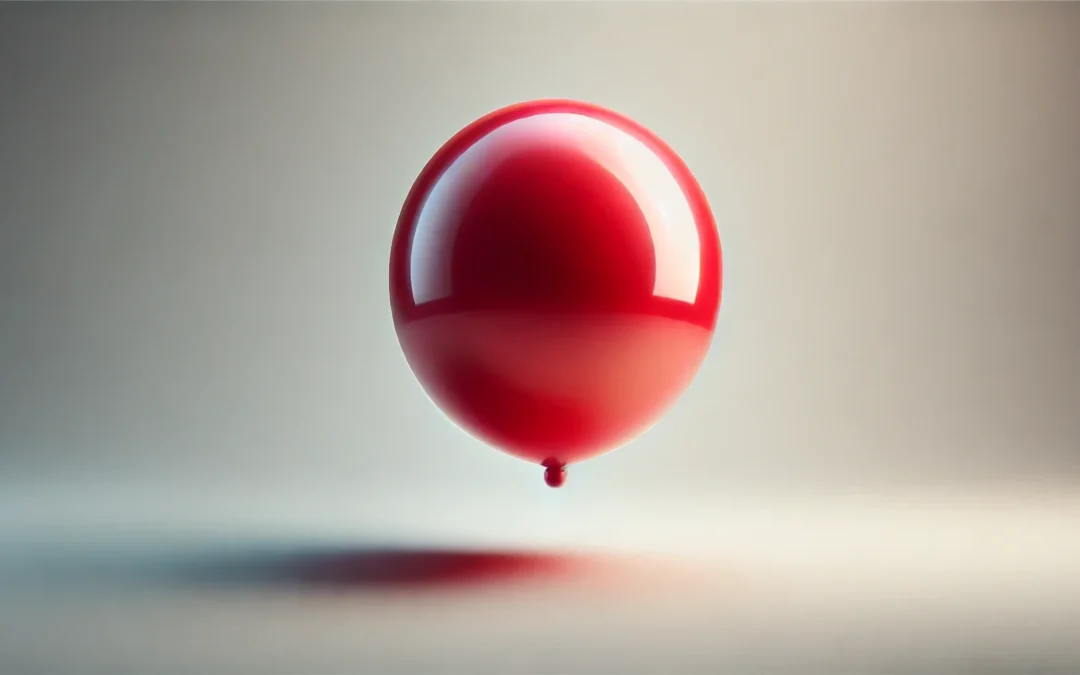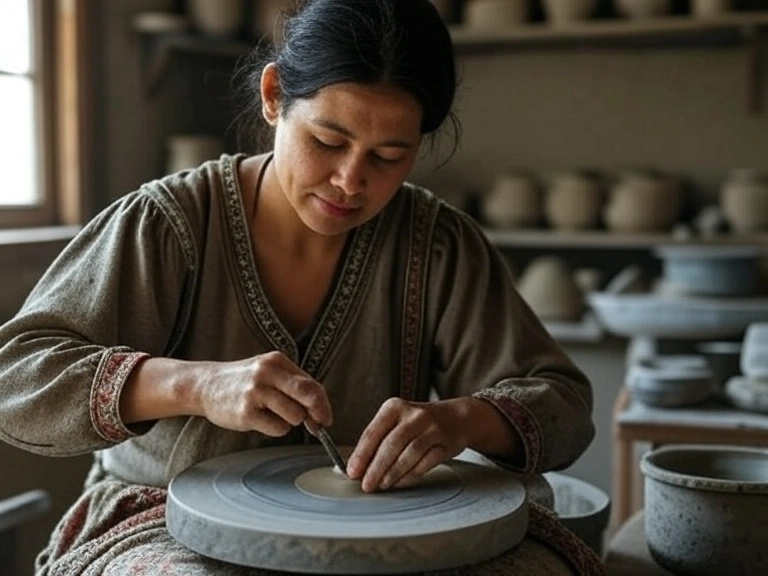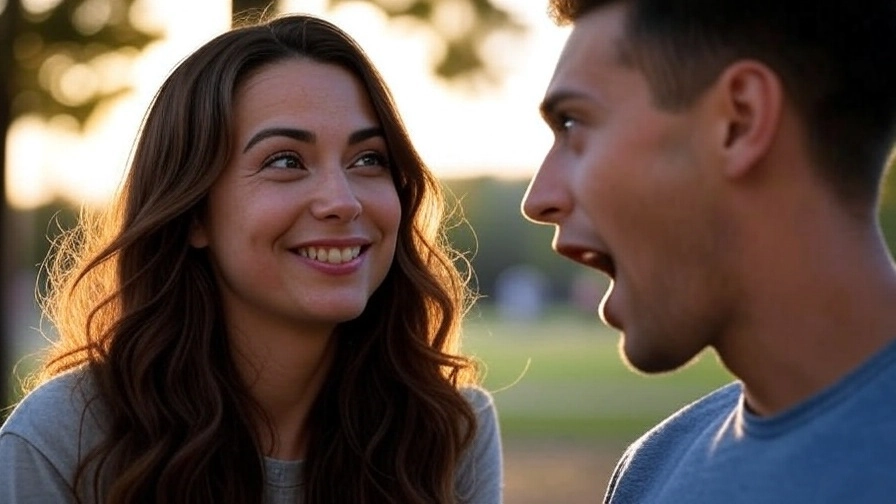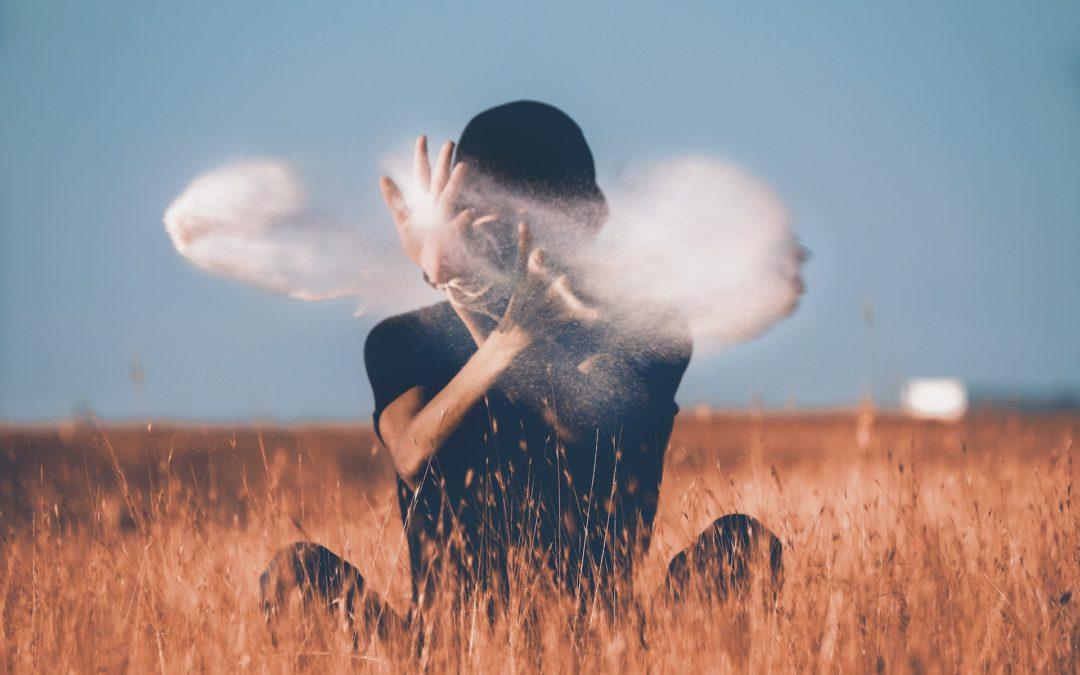Welcome to a curated collection celebrating the diverse world of artistic expression. In this exploration, we delve into 30 remarkable examples that encapsulate the breadth and depth of human creativity across various mediums and genres. From timeless masterpieces to contemporary marvels, this compilation showcases the power of art to evoke emotions, provoke thoughts, and transcend boundaries.
Each entry in this lineup unveils a unique facet of artistic ingenuity, spanning paintings, sculptures, installations, performances, and digital creations. Discover renowned classics like Da Vinci’s enigmatic “Mona Lisa,” delve into the surreal landscapes of Salvador Dali’s mind, or witness the vibrant colors of street art adorning urban landscapes worldwide. Moreover, explore lesser-known yet equally compelling works, from innovative multimedia installations to boundary-pushing conceptual art. Join us on this journey through the kaleidoscope of human imagination, where each piece tells a story and invites you to interpret the world through an artistic lens.
What is Artistic Expression?
The Best Examples of Artistic Expression
1. Painting – Painting is a visual art form where artists use various tools and materials, such as brushes, pigments, and canvas, to create two-dimensional images. It can encompass a wide range of styles, from classical realism to abstract and contemporary art.
2. Sculpture – Sculpture involves the creation of three-dimensional artworks using materials like clay, stone, wood, metal, or even found objects. Sculptors manipulate these materials to craft statues, figurines, and abstract forms.
3. Photography – Photography is the art of capturing moments, scenes, and emotions through the lens of a camera. Photographers use composition, lighting, and perspective to create impactful images that tell stories or evoke emotions.
4. Drawing – Drawing is the act of creating two-dimensional images using various mediums, such as pencils, charcoal, ink, or pastels. It can range from detailed, realistic drawings to expressive, abstract sketches.
5. Literature – Literature is the written form of artistic expression. It encompasses a wide range of genres, including novels, poetry, short stories, essays, and more. Writers use language to convey ideas, emotions, and narratives.
6. Music – Music is the art of creating and performing melodies and harmonies using instruments or voices. It’s a powerful medium for conveying emotions and stories, and it spans numerous genres and styles.
7. Dance – Dance is a physical art form that involves expressing emotions, stories, and ideas through bodily movements and choreography. It can be classical ballet, contemporary dance, or various cultural dance forms.
8. Theater – Theater combines acting, storytelling, and visual elements to create live performances. It often includes elaborate sets, costumes, and lighting to transport audiences into different worlds.
9. Film – Film is a visual storytelling medium that combines cinematography, sound design, and editing to convey narratives and emotions through moving images. It’s a fusion of visual and auditory art forms.
10. Street Art – Street art includes graffiti, murals, and installations created in public spaces. It often carries social or political messages and challenges the boundaries between public and private art.
11. Performance Art – Performance art is a live presentation that blurs the lines between various art forms. It can be provocative and experimental, pushing the boundaries of what is considered art.
12. Pottery – Pottery is the art of crafting functional or decorative items from clay. Artists use techniques like wheel throwing and hand building to shape clay into various forms.
13. Textiles – Textile art involves creating art using fabrics and fibers. This can include weaving, knitting, quilting, and embroidery to create both practical and decorative pieces.
14. Digital Art – Digital art is created using digital tools like computers and graphic tablets. It encompasses various forms, from digital painting and 3D modeling to graphic design.
15. Collage – Collage is the art of assembling various materials, such as photos, text, and found objects, to create unique and visually striking compositions. It often involves juxtaposing contrasting elements.
16. Calligraphy – Calligraphy is the art of beautiful handwriting. It focuses on the aesthetic and expressive qualities of written letters and words, often used for decorative and ceremonial purposes.
17. Woodworking – Woodworking is the art of crafting objects and furniture from wood. It requires skill in carving, joinery, and finishing to create functional and aesthetically pleasing pieces.
18. Glassblowing – Glassblowing is a technique where artists shape molten glass into various forms, including vessels, sculptures, and intricate glass art.
19. Poetry – Poetry is a form of literature that relies on rhythm, rhyme, and metaphor to convey emotions, ideas, and stories in a condensed and often lyrical way.
20. Street Performance – Street performers entertain or provoke thought in public spaces. They can include musicians, magicians, living statues, and other artists who engage with passersby.
21. Origami – Origami is the Japanese art of paper folding. It involves creating intricate designs and sculptures by folding a single sheet of paper, often without cutting or gluing.
22. Graffiti Art – Graffiti art is a subset of street art that often features vivid colors and can carry social or political messages. It has roots in urban culture and self-expression.
23. Metalwork – Metalwork involves creating art and functional objects from various metals, such as iron, bronze, and aluminum. It can include sculptures, jewelry, and architectural details.
24. Collage – Collage is an art form that involves combining various materials, such as photos, text, and found objects, to create unique compositions. Artists use collage to explore juxtaposition and abstraction.
25. Mosaic – Mosaic art involves arranging small pieces of tiles, glass, or other materials to create intricate patterns or images. It’s often used in decorative and architectural applications.
26. Mixed Media – Mixed media artworks use a combination of various artistic mediums, such as painting, sculpture, collage, and more. Artists experiment with different materials to create visually rich and layered pieces.
27. Land Art – Land art is a genre that creates large-scale, site-specific installations in natural environments. It often involves using natural materials like rocks, leaves, and soil to create temporary or permanent artworks that interact with the landscape.
28. Body Art – Body art involves using the human body as a canvas for artistic expression. This can include temporary forms like body painting or permanent forms like tattoos, each carrying personal or cultural significance.
29. Encaustic Art – Encaustic art is a unique form of painting that uses hot wax and pigments. Artists heat the wax and apply it to surfaces, creating textured and visually captivating works known for their luminosity.
30. Conceptual Art – Conceptual art focuses on the ideas and concepts behind the artwork, often challenging traditional aesthetics and inviting viewers to think critically. It’s less concerned with the physical object and more with the message or concept it conveys.
Importance of Artistic Expression
Artistic expression stands as a cornerstone of human experience, transcending mere aesthetics to weave into the very fabric of our existence. It’s a universal language, transcending the barriers of age, culture, and geography, capable of conveying the deepest emotions and the most profound ideas. Art, in its myriad forms, from painting and sculpture to music and literature, serves as a mirror to our inner selves and a window to the collective soul of humanity.
The importance of artistic expression can be likened to the necessity of conversation in our daily lives. Just as conversation allows individuals to communicate, share ideas, and connect with others, artistic expression enables a dialogue not only between individuals but across time and cultures. It provides a platform for the exploration of the human condition, offering insights into our joys, sorrows, fears, and hopes. Through art, we can explore the complexities of human emotions and experiences, often finding solace, inspiration, and understanding.
Artistic expression also fosters creativity and innovation. It encourages individuals to think critically, to look beyond the obvious, and to imagine what could be. This creativity is not confined to the realms of art galleries and theaters; it spills over into everyday life, influencing how we solve problems, how we perceive the world, and how we interact with one another. The skills honed through artistic endeavors – such as observation, interpretation, and the ability to synthesize diverse ideas – are invaluable in a rapidly changing world.
Moreover, art serves as a historical ledger, an enduring record of our collective journey through time. It captures the essence of eras, reflects societal values, and chronicles events both monumental and mundane. This historical aspect of art connects us to our ancestors, allowing us to understand their lives and learn from their experiences. It also serves as a beacon for future generations, providing them with a glimpse into our current world, marked by our triumphs, struggles, and everyday lives.
In education, the role of artistic expression is paramount. It nurtures critical thinking and emotional intelligence, offering a holistic approach to learning. Art education cultivates an appreciation for beauty and helps develop a well-rounded character. It is a vital tool in fostering empathy, as it allows students to step into the shoes of others and view the world from different perspectives.
In a world increasingly dominated by technology and digital communication, artistic expression remains a vital counterbalance. It reminds us of the value of human touch, the power of a brushstroke, the resonance of a chord, and the impact of a well-crafted story. It is a reminder that amidst the cacophony of digital noise, the human spirit still yearns for the profound and the sublime.
In conclusion, the importance of artistic expression cannot be overstated. It is not a luxury but a necessity, integral to our well-being and development as individuals and as a society. Art transcends mere entertainment; it is a vital part of what makes us human, providing a channel for expression, a source of innovation, a bridge across time, and a tool for education. It enriches our lives, providing depth and meaning in a complex world. As we move forward, let us not underestimate the power of artistic expression to transform, to enlighten, and to connect us all.
Elements of Artistic Expression
Artistic expression encompasses various elements that artists use to create, communicate, and engage with their audience. These elements play a crucial role in the creation and appreciation of art. Here are some key elements of artistic expression.
- Form – Form refers to the overall structure or shape of an artwork. It can apply to both two-dimensional works, like paintings and drawings, as well as three-dimensional sculptures. The form can be organic, geometric, abstract, or representational.
- Line – Lines are fundamental elements in art. They can be used to define shapes, create movement, and convey emotions. Lines can be straight, curved, wavy, or expressive, depending on the artist’s intention.
- Color – Color is a powerful element in visual arts. It can convey emotions, set moods, and create visual interest. Artists use color theory to understand how colors interact and complement each other in their work.
- Texture – Texture refers to the surface quality of an artwork. Artists can create texture through brushwork, layering, or using different materials. Texture adds depth and tactile qualities to a piece.
- Space – Space in art refers to the area within and around the subject of an artwork. Artists use techniques like perspective, overlapping, and scale to create the illusion of depth and space in two-dimensional works.
- Light and Shadow – The play of light and shadow is essential in creating the three-dimensional illusion in visual arts. It adds depth, volume, and realism to the subjects within a piece.
- Composition – Composition involves the arrangement of elements within an artwork. A well-considered composition guides the viewer’s eye, creates balance, and enhances the overall impact of the piece.
- Balance – Balance in art relates to the distribution of visual weight within a composition. Artists use techniques like symmetry or asymmetry to achieve balance and harmony in their work.
- Proportion and Scale – Artists use proportion and scale to accurately represent the size and relationships between elements in a piece. These elements are crucial for creating realistic and harmonious compositions.
- Rhythm and Repetition – Rhythm is the repeated use of elements to create a visual flow or pattern within an artwork. Repetition can add movement and coherence to a composition.
- Contrast – Contrast involves the juxtaposition of elements with differing characteristics, such as light and dark, color and shape, or texture and smoothness. It creates visual interest and emphasizes important elements.
- Emphasis – Emphasis is used to highlight or draw attention to a specific element or area within an artwork. It guides the viewer’s focus and adds depth and meaning to the piece.
- Symbolism – Many artworks incorporate symbols and metaphors to convey deeper meanings or messages. These symbols can be cultural, personal, or universal in nature.
- Narrative – In storytelling art forms like literature, theater, and film, the narrative element is central. It involves the development of a plot, characters, and a structured story that engages the audience.
- Rhythm and Timing – In performing arts, such as music and dance, rhythm and timing play a vital role in creating expressive and engaging performances. They involve the precise arrangement of sound or movement.
- Mood and Atmosphere – Artists use elements like color, lighting, and composition to establish the mood and atmosphere of their work, evoking specific emotions or reactions from the audience.
These elements are not exclusive to any one art form and often intersect and influence each other. They provide a framework for artists to convey their ideas and emotions and for audiences to interpret and appreciate the artwork. The combination and manipulation of these elements are what make each artistic expression unique and compelling.
How Does Art Become an Expression?
Art, in its most profound essence, is a language. It’s a means through which thoughts, emotions, and perspectives are communicated, transcending the barriers of conventional speech. This transformation of art into an expression is akin to alchemy, where raw emotions, ideas, and experiences are converted into something tangible, be it a painting, a sculpture, or a melody.
The process begins with inspiration, often derived from the artist’s personal experiences, observations of the world, or reactions to events. This inspiration acts as a seed, germinating within the artist’s mind, urging them to create. The artist then employs their skills, employing brushstrokes, chisels, or musical notes to give form to their thoughts. But it’s not just about technical proficiency; it’s about pouring one’s soul into the creation.
What’s fascinating is how these expressions, once externalized, begin to live lives of their own. They speak to people in ways the artist might not have anticipated. A painting might evoke a sense of peace in one observer and provoke a storm of emotions in another. This subjective reception is what gives art its universal appeal. It doesn’t just express the artist’s intent; it becomes a mirror in which viewers see their reflections, interpretations, and understandings.
Moreover, art as an expression is not static. It evolves with time and context. The same piece of art can mean different things to different generations. It can be reinterpreted in the light of contemporary events, gaining new significance and sparking fresh dialogues.
Art also serves as a historical record, a testament to the era in which it was created. By examining art from the past, we gain insights into the cultural, political, and social landscapes of those times. In this way, art becomes a bridge connecting the past, present, and future, enabling a conversation that transcends time.
In summary, the transformation of art into an expression is a dynamic and ongoing process. It starts with the artist but extends far beyond, touching the lives of observers, evolving with time, and often becoming a part of the larger tapestry of human experience. This universality and timelessness are what elevate art from mere objects or sounds into profound expressions of humanity.
Read also: Top 30 Best Examples of Critical Thinking
The Most Popular on BitGlint

Top 100 Personal Items List
Everyone uses personal items in their daily lives, often without even thinking about them. From the moment you wake up...

30 Defiance Examples & Meaning
Defiance is something most people experience at some point in life. You feel it when you say no to something that...

Top 30 Desire Examples & Definition
Desire is a powerful force that drives much of human behavior, shaping our goals, dreams, and everyday decisions. It's...

100 Non-Digital Things List
In everyday life, there are still hundreds of objects, tools, and materials that exist completely outside the digital...

30 Examples of Attention & Definition
Have you ever noticed how a catchy tune can grab your attention, even when you're busy doing something else? It's...

60 Cultural Traditions Examples & Definition
Cultural traditions are part of daily life - whether people realize it or not. They shape what we eat, how we...

Top 30 Intimacy Examples & Meaning
Intimacy goes beyond physical touch or romantic moments. It’s about closeness, trust, and connection. In everyday...
Get Inspired with BitGlint
The Latest
40 Emotional Value Examples & Meaning
Why do some messages stick — while others are forgotten? Why do people choose one brand over another, even when the product is the same? The answer often comes down to emotional value. Emotional value is what makes a message feel human. It’s the emotional connection...

30 Teasing Examples & Definition
Teasing is a common part of human interaction. People tease in different ways, for different reasons. Sometimes it is friendly. Sometimes it can hurt feelings. Understanding what teasing means and seeing clear examples helps everyone handle these moments better....
40 Thought Experiments for Curious Minds
Some questions can’t be answered with a simple yes or no. Some problems don’t have a clear solution. That’s where thought experiments come in. They aren’t just old ideas from philosophy books. Thought experiments are tools we still use to think through problems, test...
100+ Things That Are Cold
Cold is something most people understand the moment they feel it. You step outside on a freezing morning. You grab a drink straight from the fridge. You touch a metal pole in the middle of winter. That sharp, biting sensation? That’s cold. This article brings together...

